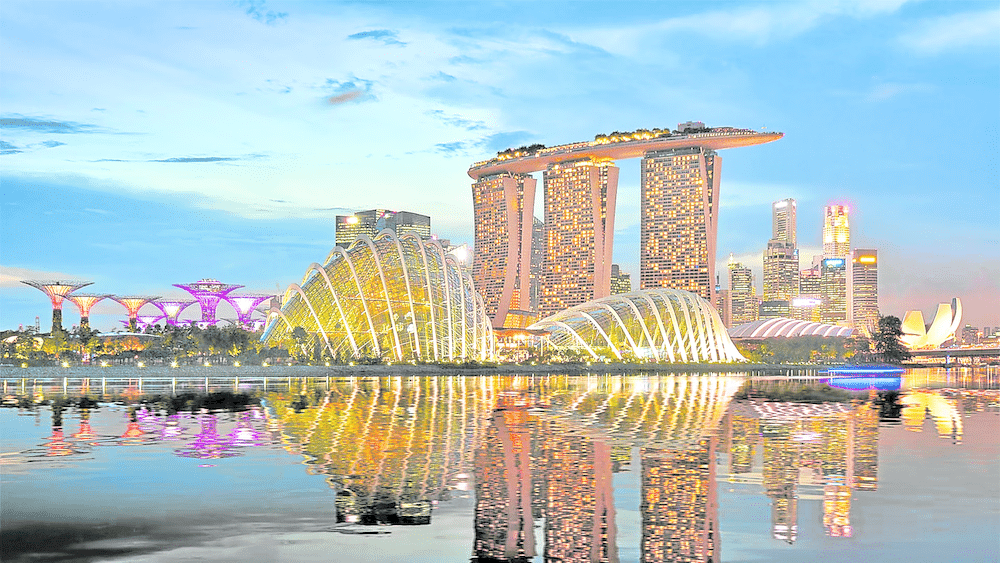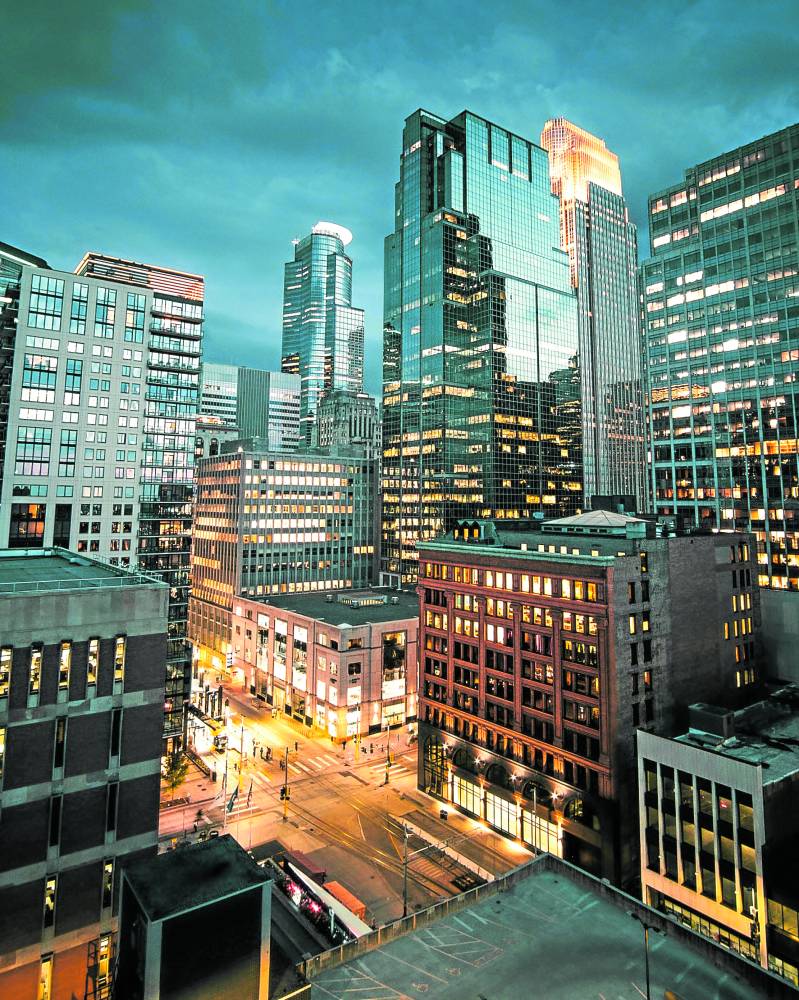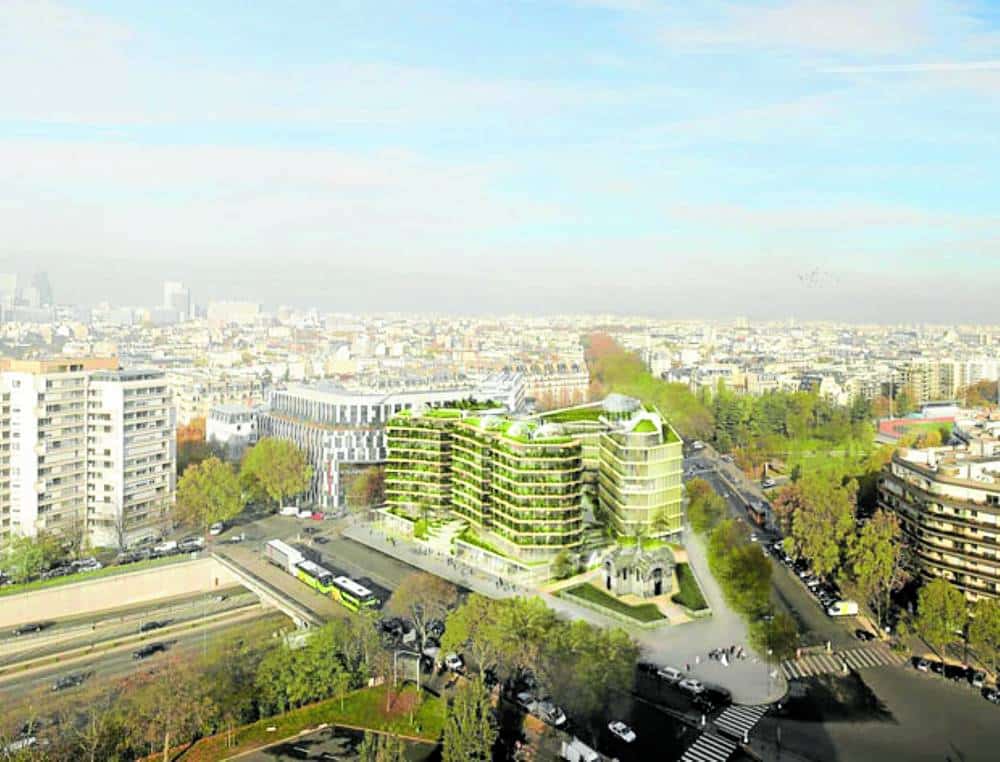Vertical cities in the age of hyper-urbanization

More than half of the world’s total population live in cities. The UN Report on World Urbanization estimates that by 2050, another 2.5 billion will live in cities and 90 percent of this increase will be concentrated in Asia and Africa.
People are flocking to cities by as much as 60 persons per hour in some countries such as India. Tremendous strain
A major reason for this is that cities generate economic productivity, with urban areas contributing as much as 80 percent of global GDP.
However, this influx of people towards the urban areas creates tremendous strain on the city, resulting in the rise of informal settlements, insufficiency of infrastructure, over-congestion and a milieu of other city ills.
As people flock to the city, urban areas try to respond by increasing their capacity to absorb growth through measures like suburbanization (expansion into the countryside); land reclamation (creation of developable land beyond the coastline); urban infill development (utilization of undeveloped or underdeveloped parcels in the city); and redevelopment or urban renewal (improvement in the capacity of built-up areas and/or improvement in an area’s productive output).
Rapid urbanization
In an age of rapid urbanization, these interventions involve high density development, which translates as tall buildings to offset rising land costs and to absorb increasing demand for built-up space. Even in suburban areas which are characterized by low density, residential sprawl, mixed-use, higher density districts have emerged as alternative economic hubs to the traditional downtown.

Architects and urban planners have often envisioned cities composed of tall buildings as a way of housing growing population. Often romanticized, tall buildings have triggered the imagination of visionaries, leading to inventions that have gradually enabled the realization of ever taller structures.
The challenge of tall buildings
Going vertical is often a reaction to scarcity of land, which translates to high land values.
The challenge in designing super tall buildings is how to lower the incremental cost as buildings get taller. Doing so will require innovations in structural design, vertical transport systems and mechanical electrical systems, and regulatory controls that will facilitate progressively lower unit costs as buildings get taller.
Perhaps inspiration can be gained from nature, and buildings can somehow require less materiality while increasing functionality even as the impact of gravity and wind increases as structures get taller.
Productivity and resilience
High concentrations of people bring about the benefits of increased productivity, creativity and efficiency.
Studies by Geoffrey West of Santa Fe Institute revealed that cities exhibit super linear scaling where productivity and creative output increase exponentially as population and density increase. Even more interesting are West’s findings that per capita productivity also increases exponentially with population and density increase.

The flipside is that risks associated with urban agglomeration—such as the spread of disease, crime, urban poverty, environmental damage and vulnerability to disasters, terrorist attack and social conflict—are also compounded as population and density increase. History has shown, however, that benefits tended to outweigh these risks, and hence, cities continue to thrive through the ages.
Inclusivity
The tendency of tall buildings to be situated in expensive land and to be costly to construct raises a concern on whether tall buildings are just meant to cater to the affluent.
A major criticism of suburban sprawl is the proliferation of single-use, gated enclaves that cater to homogenous markets and income segments at the exclusion of the rest. Tall buildings suffer from a similar flaw, serving narrow upscale markets in towers that are effectively gated communities tilted on their ends.
If higher density and verticality are inevitable, then a true vertical city is one where its buildings are able to serve a good cross-section of society, where democratic and inclusive space can exist several meters above the street.

Sense of community
Even within high rises, achieving a sense of community is a challenge. Tall buildings offer limited opportunities for congregation, serendipitous encounters and the simple ritual of meeting neighbors.
But if rapid urbanization will push people to live in taller buildings, these future buildings will have to counteract the tendency towards isolation, loss of community and social connectivity. The ultimate victory of a vertical city is when it is able to create socially-facilitative spaces within the buildings to foster the kind of community interaction that occurs naturally in public streets.
Signs of hope
A way to democratize the high rise is to find a way to elevate the public realm, up within the floors of the buildings themselves. Attempts to achieve this include publicly accessible roof gardens, observation decks, building-integrated amenity spaces or the incorporation of civic uses such as museums, health clubs or libraries.
Others attempt to offer cross-tower connectivity via elevated bridges as seen in Moshe Safdie’s Marina Bay Sands or in Surbana’s Pinnacle In doing, both in Singapore.
Innovative ideas from some architects like WOHA, NBBJ, Dr. Ken Yeang, MVRDV, among others, proposed truly mixed environments within several floors of tower buildings.
Yeang likens the vertical city as a row of urban blocks tilted on one end with parks, retail spaces, residential and office units in a seeming random patchwork that departs from the current practice of stacking single uses into a tower. Innovations in vertical transport will be necessary to handle not just the volume of people, but also to enable multi-directional mobility within buildings.

As buildings become taller and denser, vertical transport will begin to take on the role of vertical mass transit. Already, ideas on vertical subways and magnetic levitation applied to elevators are being explored.
Perhaps with the combination of structural design technology, vertical transport innovation and creative people-centric building design adopted to high-rises, a multi-layered city where three-dimensional urbanism happens at multiple levels will be the next incarnation of the increasingly urban city.
The author is founder and principal of JLPD, a masterplanning and design consultancy practice
